Hwanghak-dong Flea Market (Dokkaebi Market / Manmul Market) (황학동 벼룩시장 (도깨비시장/만물시장))
12.2Km 2025-04-11
11-7 Majang-ro 5-gil, Jung-gu, Seoul
Hwanghak-dong Flea Market was named after the way how merchants travel from one place to another all over the country, as if like fleas hopping around from one spot to another, to collect rare and valuable items. This market was once a haven of antiques and collectibles, but with the formation of old-fashioned art street in 1983 in Janganpyeong, many classic art shops had moved out, leaving only used item and general goods stores. Now, visitors can find stores selling antiques, used furniture, electronics, clocks, jewelry, musical instruments, camera, and machinery – pretty much anything one can name. Hwanghak-dong Flea Market is also referred to as Dokkaebbi Market, to describe how even the most rundown items become just like new, as if like the work of a dokkaebi (Korean folk goblin).
Gatden Sushi - Gangnam Branch (갓덴스시 강남)
12.2Km 2021-03-26
109, Teheran-ro, Gangnam-gu, Seoul
+82-2-2051-1477
This is a conveyor belt sushi restaurant offering reasonable prices. This Japanese (cuisine) restaurant is located in Gangnam-gu, Seoul. The most famous menu is sushi.
Seoul Geumseonsa Temple (금선사(서울))
12.2Km 2021-08-17
137, Bibong-gil, Jongno-gu, Seoul
+82-2-395-9911
Geumseonsa Temple is located within Bukhansan National Park, just behind Cheong Wa Da (The Blue House) and Gyeongbokgung Palace. The entrance to the temple is just off the hiking path to Bibong Peak.
After passing Banyajeon Hall, where Buddhist services are held, visitors will see a pine tree over 200 years old, and beyond that, a staircase with 108 steps leading up to Daejeokgwangjeon Hall in the temple's main area. To the right is Samseonggak House and Hongyegyo Bridge over the clear waters flowing down from the mountain.
Additional temple buildings include Mitajeon Hall and Yeonhwadang Hall, built in 2004 by Monk Beopan; and Jeokmukdang Hall, built using traditional construction techniques.
Olive Young - Seocho Town Branch [Tax Refund Shop] (올리브영 서초타운)
12.2Km 2024-04-18
1F, 32, Seocho-daero 78-gil, Seocho-gu, Seoul
-
Seoul Eungbongsan Mountain (응봉산(서울))
12.2Km 2024-07-05
1540 Geumho-dong 4-ga, Seongdong-gu, Seoul
+82-2-2286-6061
From Eungbongsan Mountain, one can easily see the Hangang River, Seoul Forest, Jamsil Sports Complex and more in the eastern part of Seoul. With such a great view of the Hangang River, the mountain is often packed with visitors including many photographers. The mountain serves as a venue for diverse events, including a sunrise festival on New Year's Day and forsythia festival around April during the flowering season.
Yeontabal Apgujeong(연타발 압구정)
12.2Km 2020-11-26
231 Dosan-daero Gangnam-gu Seoul
+82-2-545-4248
This is a house where you can eat charcoal-grilled Daechang (roasted intestine meat). The best menu at this restaurant is grilled beef large intestine. This Korean dishes restaurant is located in Gangnam-gu, Seoul.
Alleys of Changsin-dong (창신동골목길)
12.2Km 2024-10-30
38, Jibong-ro 11-gil, Jongno-gu, Seoul
K-movie <PARASITE> - A town full of nostalgia
On the day Kitaek's family returned home, the torrential rain flowed ferociously in streams. The alleys of Changsin-dong, with its narrow and steep stairs, were a good backdrop for visually representing the condition of the Kitaek’s family, who were about to fall. Changsin-dong is a warm and charming neighborhood where traces of the 70s and 80s can be felt.
Kukkiwon (World Taekwondo Headquarters) (국기원(세계태권도본부))
12.2Km 2024-03-06
(Kukkiwon), 32, Teheran-ro 7-gil, Gangnam-gu, Seoul
+82-2-567-1058
Established in 1972, Kukkiwon serves as the headquarters of World Taekwondo. The organization strives to promote the Korean cultural heritage of Taekwondo across the world and set the culture of Taekwondo. To that end, it provides Taekwondo instructor training, undertakes research and development of Taekwondo techniques, and hosts the World Taekwondo Hanmadang. The nearby Kukkiwon Memorial Hall collects and exhibits artifacts related to Taekwondo’s history.
Banhadang (반하당)
12.2Km 2024-02-15
36 Seongbuk-ro 5-gil, Seongbuk-gu, Seoul
Banhadang is a café located 20 minutes from the UNESCO World Heritage site Changdeokgung Palace. Renovated from a hanok, it preserves the charm of hanok with open spaces, leaving only the pillars of the original structure. The signature menu includes a Strawberry latte made with homemade strawberry syrup and milk. During the summer season, the jeontong pat bingsu (traditional shaved ice with red beans), made with domestically sourced jujube and red bean, is also popular.
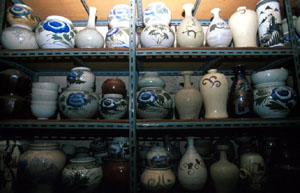
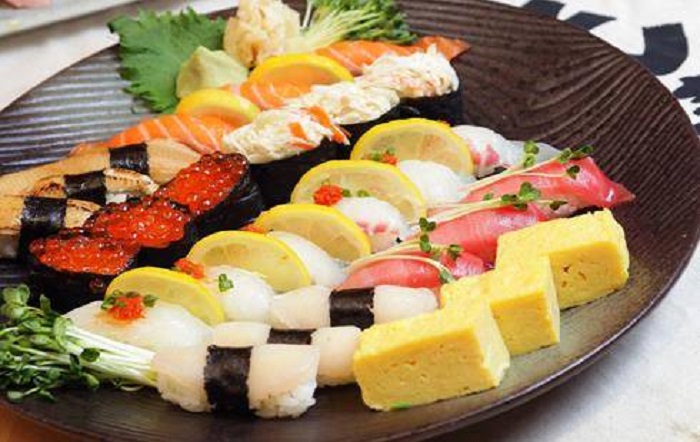
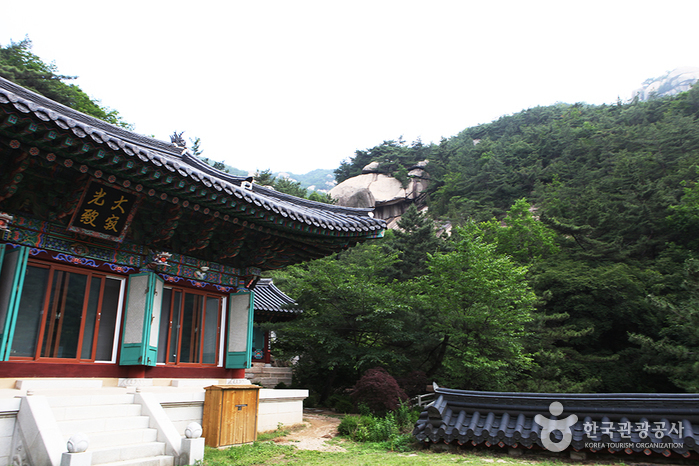
![Olive Young - Seocho Town Branch [Tax Refund Shop] (올리브영 서초타운)](http://tong.visitkorea.or.kr/cms/resource/84/2889584_image2_1.jpg)

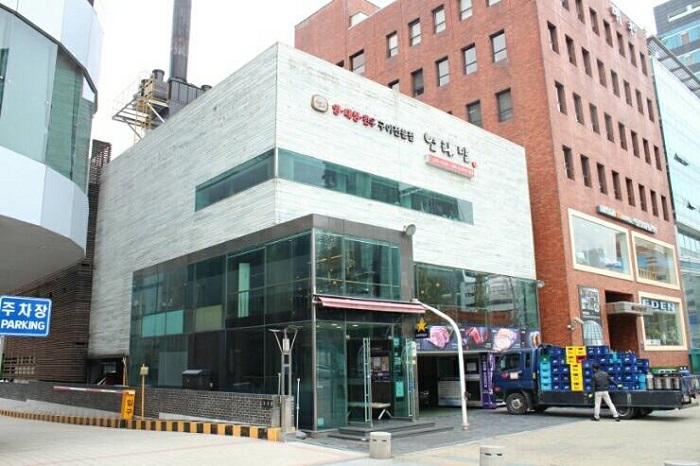
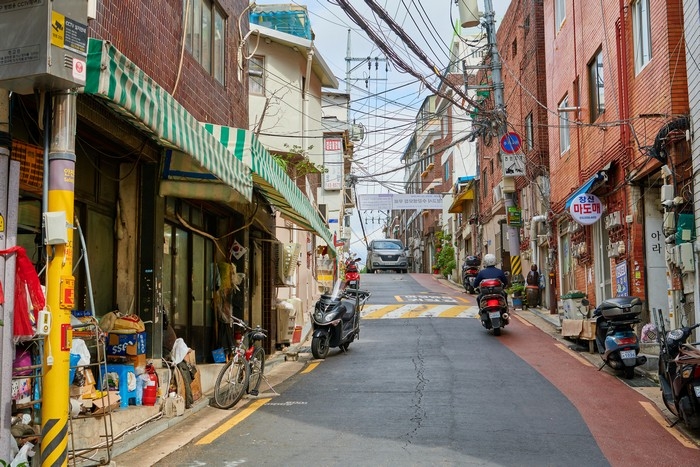

![KGC - Dongmyo Branch [Tax Refund Shop] (KGC 동묘점)](http://tong.visitkorea.or.kr/cms/resource/91/2878191_image2_1.jpg)
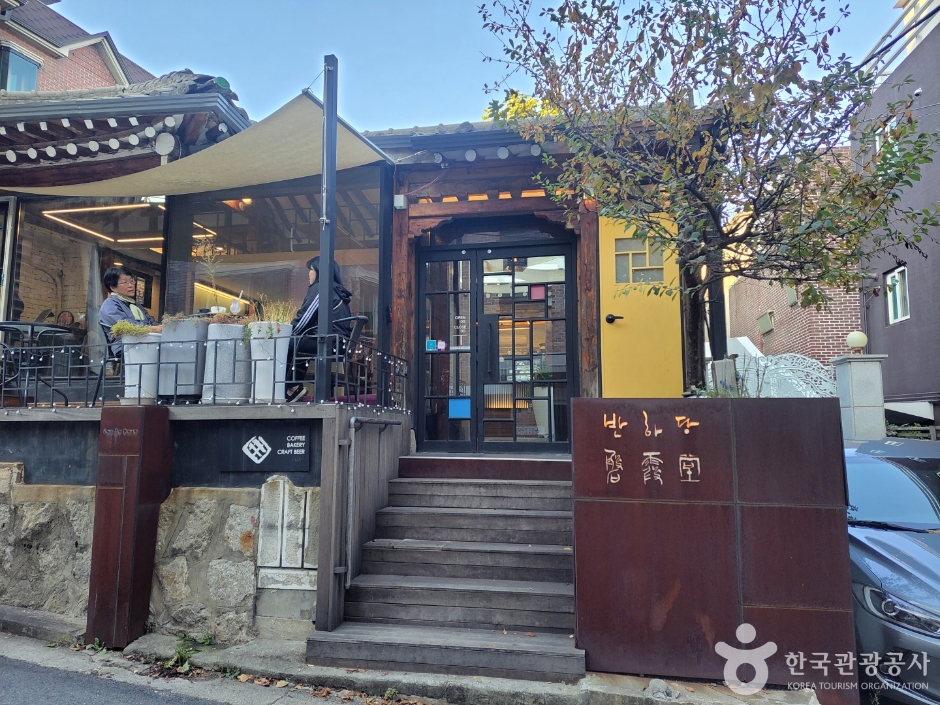
 English
English
 한국어
한국어 日本語
日本語 中文(简体)
中文(简体) Deutsch
Deutsch Français
Français Español
Español Русский
Русский